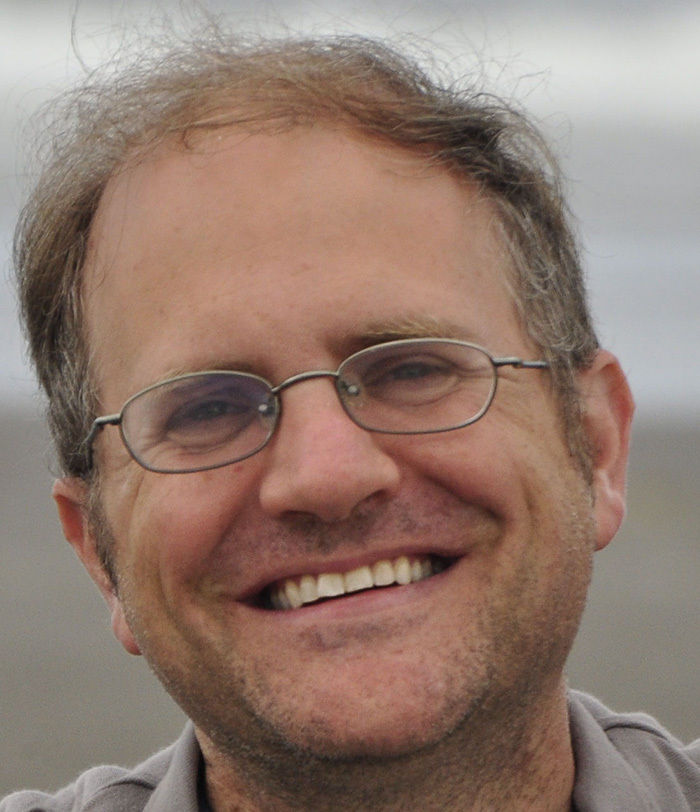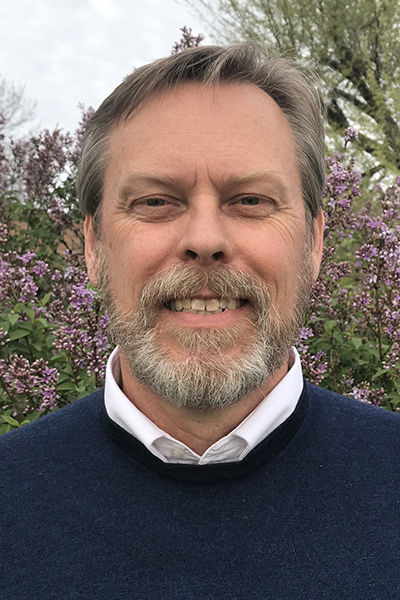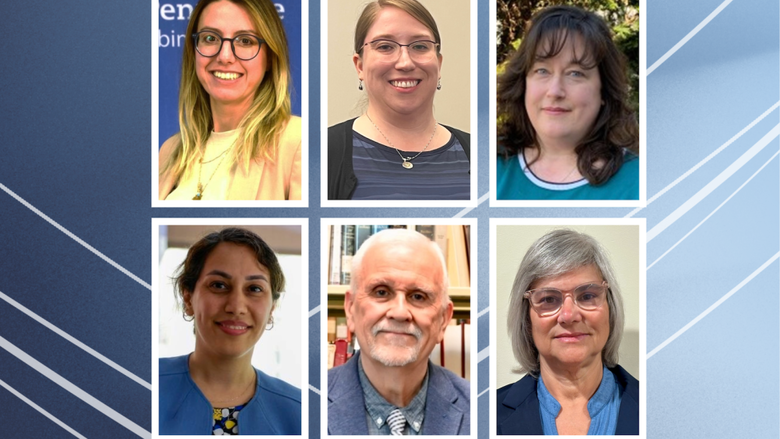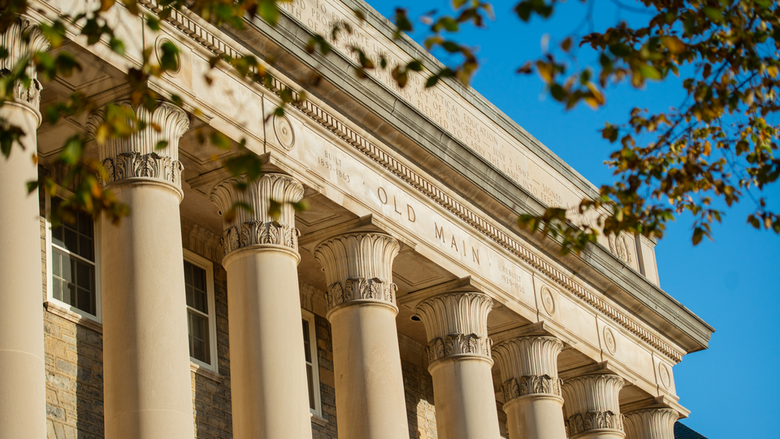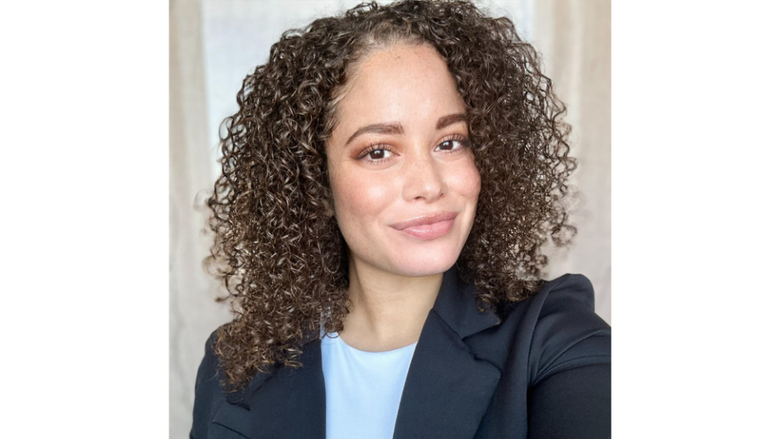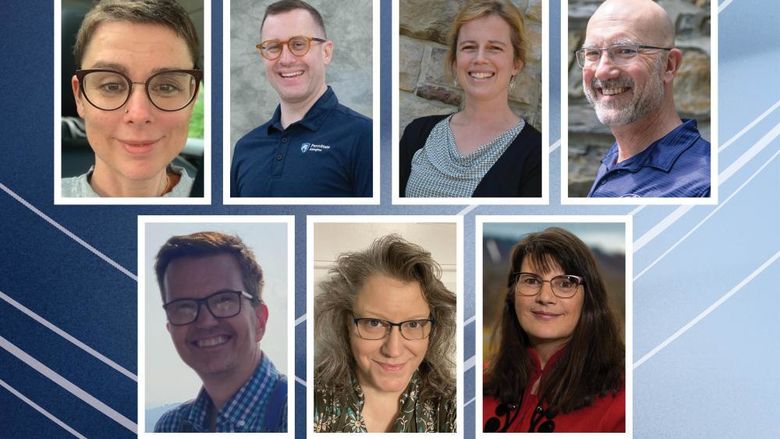UNIVERSITY PARK, Pa. — Julie Ealy, associate professor of chemistry at Penn State Lehigh Valley; Eric Hudson, associate professor of physics in Eberly College of Science; and Kirwin Shaffer, professor of Latin American studies at Penn State Berks; have received the Alumni/Student Award for Excellence in Teaching and have been named 2021 Penn State Teaching Fellows.
The Penn State Alumni Association, in conjunction with undergraduate and graduate governing bodies, established the award in 1988. It honors distinguished teaching and provides encouragement and incentive for excellence in teaching. Recipients are expected to share their talents and expertise with others throughout the University system during the year following the award presentation.
Julie Ealy
It’s fair to say that Ealy — who has taught for 50 years — experienced a year like none other in 2020. The COVID-19 pandemic forced the expert on general and organic chemistry to learn new ways of reaching her students.
Ealy herself hit the books, immersing herself in instructional technology learning development workshops where she learned how to create poll questions, videos, white board teaching and enhanced features of Zoom to better reach her virtual students.
She could only see one-third of her students at a time, and yet some of these newfound teaching tools allowed her to engage the entire virtual room. Some of the tools, Ealy said, will remain in her quiver.
“Asking questions is important in a class where student participation is valued,” Ealy said. “When students are encouraged to ask questions and realize it can help other members of the class, they become more engaged, feel respected and are more willing to participate.”
Ealy also sought advice from former students on ways to restructure her tests, virtually. That prompted her to shift from long-form tests to more frequent quizzes and poll questions aimed at improving class participation.
Ealy said advising is as important as academics. She started meeting students via Zoom and found that the format encourages even more students to enter her office doors. That’s something she plans to continue.
She said she continues to teach because she values the reward educating students brings.
“I continue to teach because my students are appreciative of what I do to help them succeed, and they value my availability with their genuine ‘thank you,’ ” Ealy said. “They reinforce my passion to teach, and it is my hope that I have helped to make a difference in their lives.”
Students praised Ealy’s ability to quickly adapt to virtual learning.
“It is my plan to be an educator in the chemistry field in my future, most likely in a high school setting,” a former student said. “Without Dr. Ealy’s help and mentorship, I would never have found the support to make this goal seem achievable. I know that if I pass the same values and knowledge on to my future students as Dr. Ealy has passed on to me, I will have done my duty as an educator, just as Dr. Ealy so sincerely has done for me.”
Eric Hudson
Hudson said great teachers are great learners. What makes him a great learner, he said, is by relying on his peers to improve and learn from mistakes.
For students, the learning process is just the same. To learn, students need motivation, participation and mistake-making.
Students need to be motivated to learn. Some students are self-motivators, however, he said some students need inspiration from their teachers.
“Generating interest and motivating students comes down to linking the physics being taught with students’ curiosity about the world,” Hudson said. “Physics is a beautiful subject, with the ability to both provide a fundamental understanding and be relevant in everyday life. As a physicist I feel a responsibility and ability to convey physics’ depth, its relevance and its beauty.”
Students also need to be engaged. For topics such as physics, he said, dense readings from a textbook won’t do the trick. To make the subject matter more engaging, he relies on demonstrations, sample problems and conceptual questions. Active participation in class is also a must.
“A lecturer can, and should, engage students in the presentation of material. This holds true in classes of five students or 500,” Hudson said. “Students should be questioned. They should be told to discuss with their neighbors the likely results of the next demonstration. They should be quizzed to probe what they don’t understand, and asked for end of class comments to find what they do. Such engagement not only improves student learning, but also provides the feedback necessary to improve teaching.”
A willingness to make mistakes is also part of the learning process. Hudson said his courses are challenging and he urges students to meet the challenge, and learn from the times when they don’t. That’s also a chance for him to learn from points that are unclear to his students and to grow as an educator.
Hudson’s students praised his ability as an educator and for being able to establish an environment where they can learn the basics and continue to grow. One student said Hudson uses a “smart teaching” approach to convey difficult concepts.
“Dr. Hudson actively addresses his ‘expert blind spots’ by analyzing students’ prior knowledge and communicating with his TAs about students’ progress and pitfalls,” the student said. “He uses instructional scaffolding to teach students the relevance and conceptual significance of each step in solving a problem, rather than to plug and chug a meaningless equation. He gradually turns students into self-directed learners by removing the scaffolding as they become more adept and requires students to write out their plan when solving large problems.”
Kirwin Shaffer
Shaffer said the key to being an effective educator is imparting a sense of wonder in the classroom. Education can be a way to give students new perspectives, which empowers students to investigate and experience these new wonders.
“I want students to share with each other their acquired knowledge and understanding of global cultures, history, and politics,” Shaffer said. “In this way, we explore the world by democratizing classrooms through student presentations, debates, student-produced films and discussions.”
Shaffer said the wide-ranging and interdisciplinary traits of his field — Latin American studies — allows him to exploit lessons from just about anywhere. His field is entangled in film, literature, integrative arts, international studies, politics and more. He’s taught 37 unique courses — 22 alone at Penn State Berks — that pull from far-reaching places to explain his students’ knowledge about Latin America.
For example, lessons on modern American history can be taught by exploring the violence and social conflict in Latin America. An introduction to international studies can be approached through the views of global terrorism or contemporary global crises. A course on international film and literature becomes a place to learn about children and youth on the global margins or gender and sexual politics in Latin America.
Shaffer also finds creative ways to teach his students, breaking out beyond lectures, essays and research papers. For several courses, his students create and narrate PowerPoint presentations that push students to combine research, creativity and communication to effectively convey what they’ve learned.
In another course, where students visit “road movies” based in Latin America, students themselves create their own short films. These works are featured at an end-of-semester event for invited guests.
One student who took the course said Shaffer’s creativity as an educator coupled with his diverse life experiences, made him an effective and authentic educator.
“His direct teaching style helps us understand in an in-depth way each film where we can freely interpret our ideas in class,” the student said. “He has been to many of these countries, so his experience in teaching helps us understand even more. His experiences make class more informative and engaging.”
Another student praised Shaffer for challenging students to think outside the box on complex issues.
“Dr. Shaffer is not just a professor at Penn State Berks; he is a mentor, an advocate and a friend to any student who crosses his path,” the student said. “He has demonstrated to be a source of critical thinking, and a source of inclusion and diversity. His coursework is designed to expand the critical thinking skills, of which I would be lost without in my first year of graduate school.”
